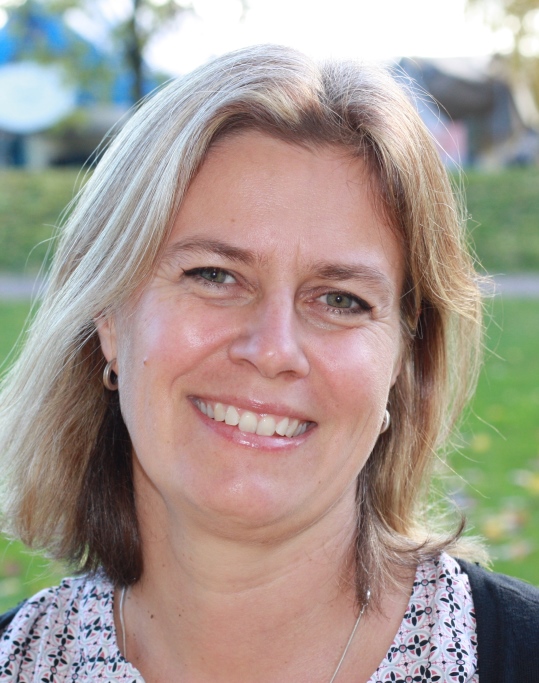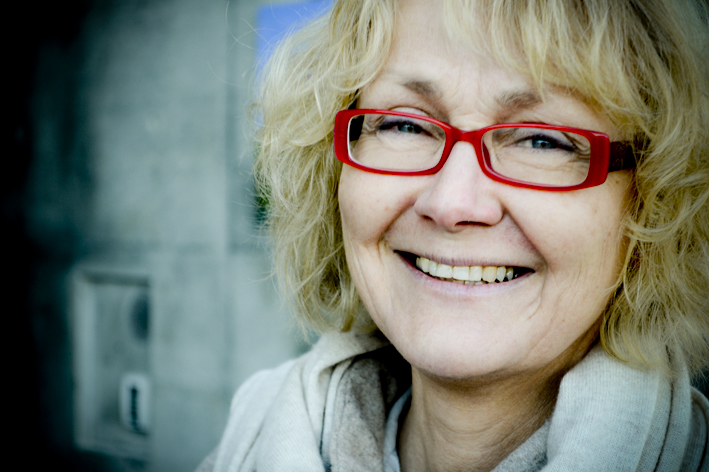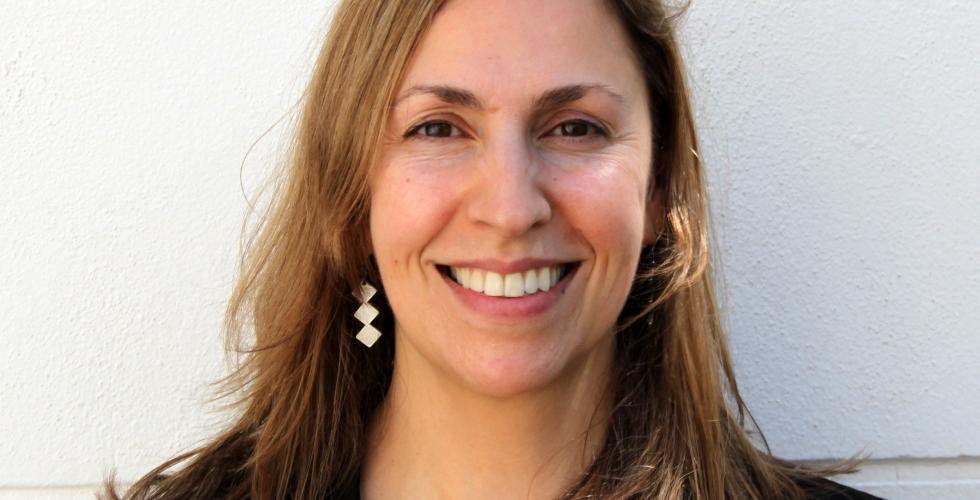Puts gender equality on the map
Gender equality is one of six priority areas in the new ERA Roadmap for research – and there will be regular follow-up of progress in this area in all European countries.

“Gender balance and gender equality are a separate priority area in the European ERA Roadmap, and this is very positive. The Norwegian version of the roadmap is mostly good news as well,” says Heidi Holt Zachariassen of the KIF Committee’s secretariat.
Zachariassen is referring to the European Research Area (ERA) Roadmap, which is the ERA’s plan for promoting Europe as a common research area. The ERA will achieve this through six priority areas.
Within the framework of the general European roadmap from 2015, the Ministry of Education and Research has drawn up a national version. The Norwegian Association of Higher Education Institutions (UHR), the Research Council of Norway and the KIF Committee have all given their input during the process.
One of the six priority areas in the ERA Roadmap is “gender equality and gender mainstreaming in research”, which is also reflected in national versions, including the Norwegian version. (Read more about all the priority areas.)
Believes it will have a positive impact
“All the countries in Europe have prepared similar roadmaps, which are linked to the common ERA Roadmap,” explains Bjørn Haugstad, State Secretary in the Ministry of Education and Research.
“The EU member states and the associated countries have identified these areas as the most important ones to focus on to achieve good research cooperation and good results,” he continues.
“How will the national roadmap affect the efforts to promote gender equality and gender balance in the field in Norway?”
“The Norwegian roadmap is based primarily on existing strategies and action plans in the research sector within the priority areas, and this also applies to the priority area on gender equality and gender mainstreaming,” says Haugstad.
“But in many ways the roadmap will give us an extra push to follow up the existing policy in the field. We will also be able to stay apprised of how well we are doing compared to the other European countries. From this perspective the national roadmap may have a positive impact on gender equality and gender balance in Norway – and in Europe,” says the state secretary.
The main goals for gender balance and gender perspectives in the national roadmap can be divided into three parts: more women in professorships, better gender balance in disciplines where one gender is underrepresented, and better integration of gender perspectives in research.
Among the measures mentioned are training on gender perspectives for researchers, management groups and evaluators; general follow-up of the various institutions’ action plans for gender equality and gender balance; and efforts to increase the number of women who apply for grants from Horizon 2020. The KIF Committee, the Research Council, UHR and the Ministry of Education and Research itself are all identified as key actors for the various measures.
The main challenge: Gender perspectives
Lise Christensen, Special Adviser at the Research Council, agrees with Haugstad that many of the measures and actions in the national roadmap mostly summarize policies that already exist.

“Here I’m thinking especially about measures that promote gender balance at the senior level and that reduce imbalances in various disciplines. But of course it’s very good that these are raised to a higher level and specified as part of the ERA priorities – this gives gender equality efforts more momentum and a higher status,” says Christensen.
According to Christensen, the main challenge is the point about integrating gender perspectives in research:
“This is where Norway has made the least progress, but the Research Council has clear aspirations when it comes to integrating gender perspectives. We are working to find out how we can integrate the gender dimension better in the research we fund and how we can increase competency with regard to the importance of this in our system,” she explains.
“Other countries have the same challenges, which is why we participate in international networks that develop knowledge and share best practices, including the ERA network GENDER-NET. This network has now been continued as a ‘cofund scheme’ through which funding will be announced for international research cooperation to study gender in several areas, such as climate and the environment, ICT and societal security.”
Read about GENDER-NET: Two thoughts at once - pilot project on both gender equality and gender perspectives
According to Christensen, the Research Council is also concerned about increasing competency in gender perspectives within its own organization:
“We need more knowledge about what ‘gender perspectives’ actually means in different subject areas. It’s quite clear what gender perspectives implies in fields such as health research and development research, but it’s less clear in many other areas.”
Gender equality work is time-consuming
“How will progress on the various priorities be followed up both nationally and internationally, Bjørn Haugstad?”
“The ‘ERA Progress Report’, which is published every other year, follows all the countries’ progress in their own priority areas. The same applies to the development of the European ERA Roadmap,” says Haugstad.
Heidi Holt Zachariassen of the KIF secretariat emphasizes the importance of getting measures and priority areas down on paper and raised to a higher level:
“We are pleased that both gender balance and gender perspectives in research have become separate priorities. It’s a clear indication of how important this work is in both a European and a Norwegian context,” she says.

“It also demonstrates an understanding of the need for a long-term perspective on gender balance and diversity – it’s not like a project that you can finish. Both the Norwegian and the European roadmaps show an understanding that this work takes place over time and that it’s important to include it in strategies and agreements.”
“The entire roadmap underscores the importance of the KIF Committee’s work. Along with the Research Council, KIF is mentioned specifically as a driving force for many of the plans for measures in the roadmap,” says Zachariassen.
According to Zachariassen, it is positive that the document also identifies the Ministry of Education and Research as a responsible party:
“The issues are raised to the ministerial level; the Ministry of Education and Research does not push all the responsibility onto other actors. This, in combination with a specific focus on reporting, follow-up and actors, makes the national roadmap a good document overall.”
Lacks diversity measures
What Zachariassen misses, though, is more emphasis on diversity.
“I think the national roadmap has somewhat lower expectations than the European roadmap regarding diversity. The diversity aspect should get more emphasis and be more concrete. We pointed this out during the process, and recommended including a short text on ethnicity, sexual orientation and functional capacity that describes how these aspects and the gender dimension affect each other.”
“This was not included in the roadmap, which is a little disappointing. The KIF Committee believes that we cannot work with gender in isolation – men and women are not only men and women, but instead have various backgrounds that also influence their career development in academia. Focusing on gender alone is too narrow,” says Zachariassen.
“The six priority areas in the roadmap were established jointly by the countries involved – and as such they also set the parameters for the Norwegian ERA Roadmap,” says Haugstad.
“But Norway puts special focus on increasing diversity in the research sector, and it’s an issue we are concerned about. We have brought greater attention to diversity, in part by expanding the KIF Committee’s mandate,” explains Haugstad.
Translated by Connie Stultz.
The six priority areas in the European Research Area (ERA) Roadmap for good conditions for research and innovation in Europe are:
- Effective national research systems;
- Optimal transnational cooperation and competition, a) jointly addressing grand challenges, and b) research infrastructures;
- An open labour market for researchers;
- Gender equality and gender mainstreaming in research;
- Optimal circulation and transfer of scientific knowledge;
- International cooperation.
The six priorities of ERA in the ERA Roadmap
The Norwegian roadmap was drawn up by the Ministry of Education and Research with assistance from the Norwegian Association of Higher Education Institutions (UHR), the Research Council and the KIF Committee, and was completed in November 2016. The same priority areas are reflected in the Norwegian roadmap.


